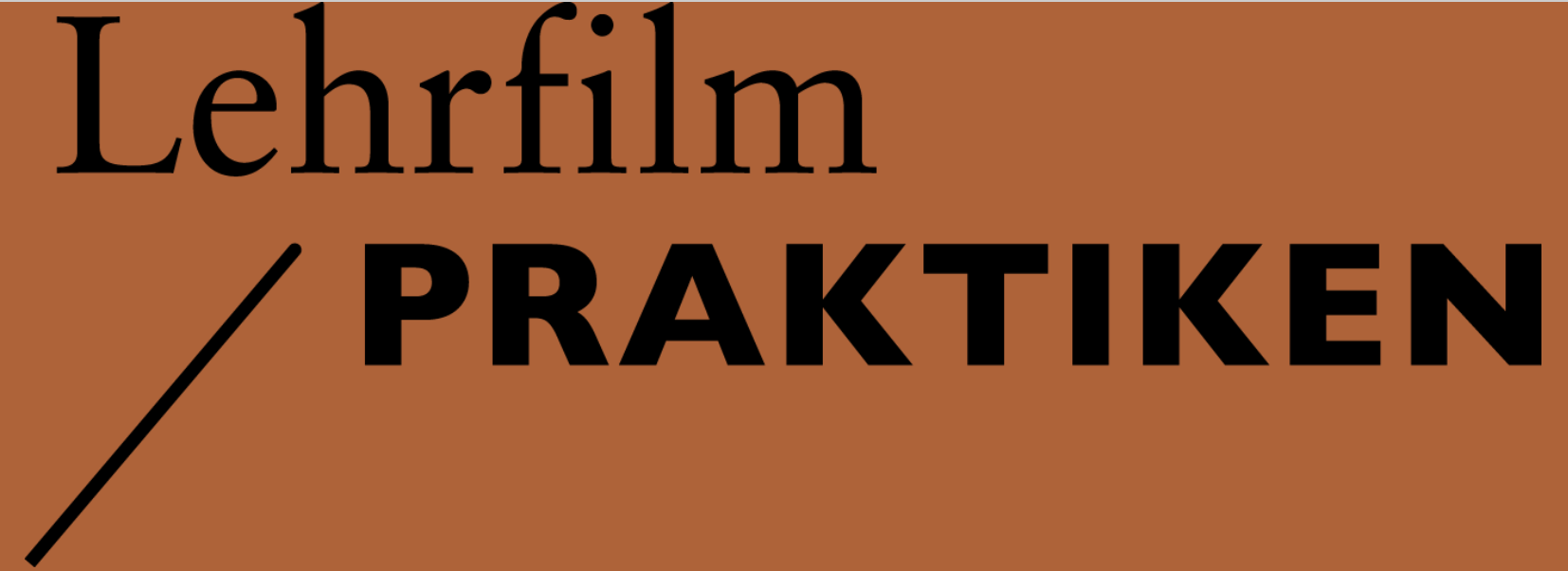Educational film practice in Austria
Project Funding: FWF Austrian Science Fund, P 32343-G
Project Duration: 01.07.2019–31.03.2023
Project Lead: Joachim Schätz (University of Vienna)
Project Team: Christian Dewald (LBIDH), Nico de Klerk (Amsterdam), Vrääth Öhner (LBIDH), Katrin Pilz (LBIDH), Marie-Noëlle Yazdanpanah (LBIDH)
Project Partners: University of Vienna (Research Institution), Ludwig Boltzmann Institute for Digital History, Vienna (LBIDH) (National Research Partner), Austrian Film Museum, Österreichische Mediathek, Wien, Österreichisches Volkshochschularchiv
Advisory Board: Thomas Heise (Academy of Fine Arts, Vienna), Kay Hoffmann (Haus des Dokumentarfilms, Stuttgart), Mats Jönsson (Institutionen för kulturvetenskaper, Göteborgs universitet), Eef Masson (Capaciteitsgroep Media & Cultuur, Universiteit van Amsterdam), Rick Prelinger (Prelinger Library; University of California, Santa Cruz), Christian Swertz (Institute for Education Science, University of Vienna)
Project Website: lehrfilmpraktiken.univie.ac.at
Conventional concepts and methods of education have been challenged and transformed by the use of film and other moving images. Especially after the end of World War I, films were employed in various pedagogical and didactic contexts. Despite this historical significance, there has been no comprehensive investigation into educational and instructional films in Austria. This project aims to fill this gap by exploring the history of film usage in educational contexts in Austria from 1918 to the late 1960s. The investigation encompasses various contexts, including classroom usage, public education screenings, university instruction, and vocational training.
Our research focuses on educational and instructional films as practices. This understanding of practices extends beyond the films themselves to include the institutions that commissioned and distributed them, the regulations governing educational film screenings, and the settings and situations in which the films were presented. Educational films were shown in classrooms and commercial cinemas, as well as in lecture halls and company assembly rooms. The screening situation could involve accompanying lectures and audience assignments, with certain parts of the film highlighted using a pointer or by pausing the film for better understanding. We employ the concept of “dispositif” to describe how these various elements interacted with each other and with the intended objectives of the screenings. Our central thesis asserts that the practices of educational films take concrete forms through the interplay of institutional strategies, screening situations, and the forms, styles, and content of the films shown. This attention to practices remains relatively uncommon in film studies, and it has implications for both our empirical research (films are connected with their accompanying materials, including instruction brochures and lecture scripts traditionally kept elsewhere) and our interpretation of the collected data (considering that the meaning of a film is heavily influenced by the context of its screening).
The research work was conducted in two phases: during the first two project years, systematic data on relevant institutions, individuals, regulations, and screening locations were collected, and existing educational films produced and/or screened in Austria were examined. A database and media collection containing all the gathered data and sources (where intellectual property rights allow) will be made freely available online at the end of the project. In the third project year, representative case studies were conducted to conduct in-depth research and analysis.
The research results have been made accessible in various ways: through the publication of collected data and media, academic publications, and presentations at scientific conferences. Furthermore, we have engaged with secondary school educators and presented our research in the context of adult education. Given that moving images continue to challenge our notions of instruction and education – for example, in the form of instructional and explainer videos on the internet – we expect that our research findings will also contribute to an understanding of contemporary media environments.
